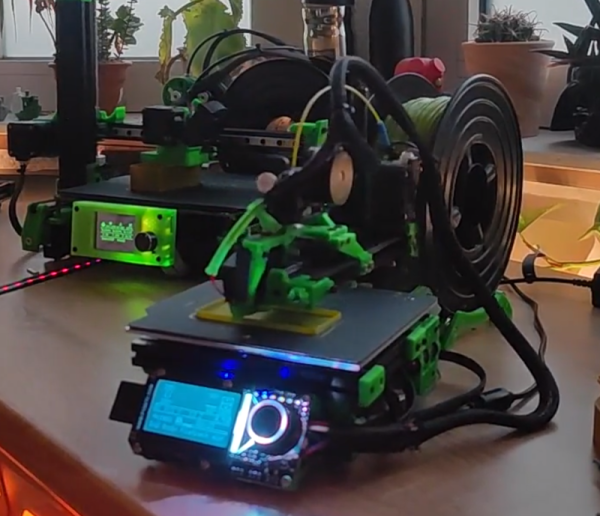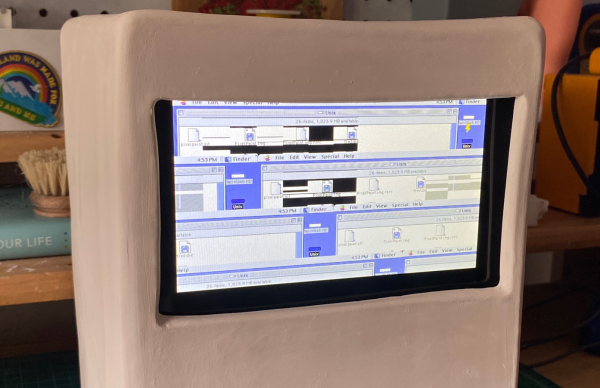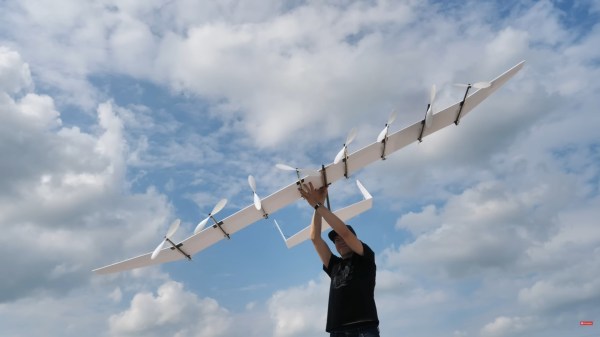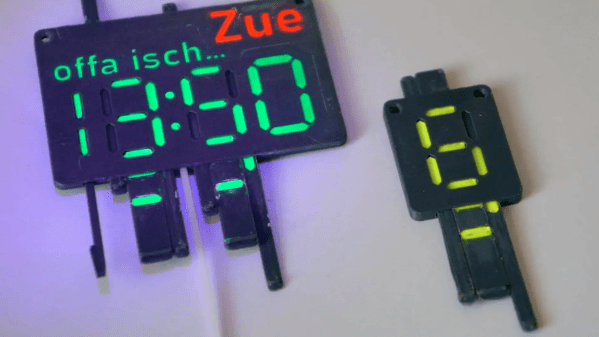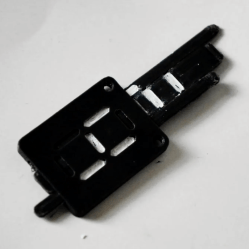We would bet that among the most technologically-inclined of our readership, there are plenty of hunt-and-peck typists. Because of course, typing quickly and from the home row has nothing to do with intelligence, and everything to do with practice and rote muscle memorization. But what if the keyboard was all home row?
That’s right — Google Japan (translated) is back at it with another joke peripheral that happens to be 100% real and open-source. Whether you want to keep your distance from others while you toil at the coffee shop, or really, really want to get into the pair programming thing, this is the keyboard for you. While the prototype was a whopping seven feet long (or wide, whatever), the final version is shorter and friendlier, and can double as a walking stick on those outdoor sanity breaks with the addition of a protective shoe.
As with their mug keyboard, we appreciate the work that went into making this keyboard real just as much as the joke itself. Our favorite factoid has to be that this is made up of 17 different circuit boards, including the control board. Be sure to check out the fairly hilarious promo video after the break.
Continue reading “Five-Foot Keyboard Lays It All On The Line”


